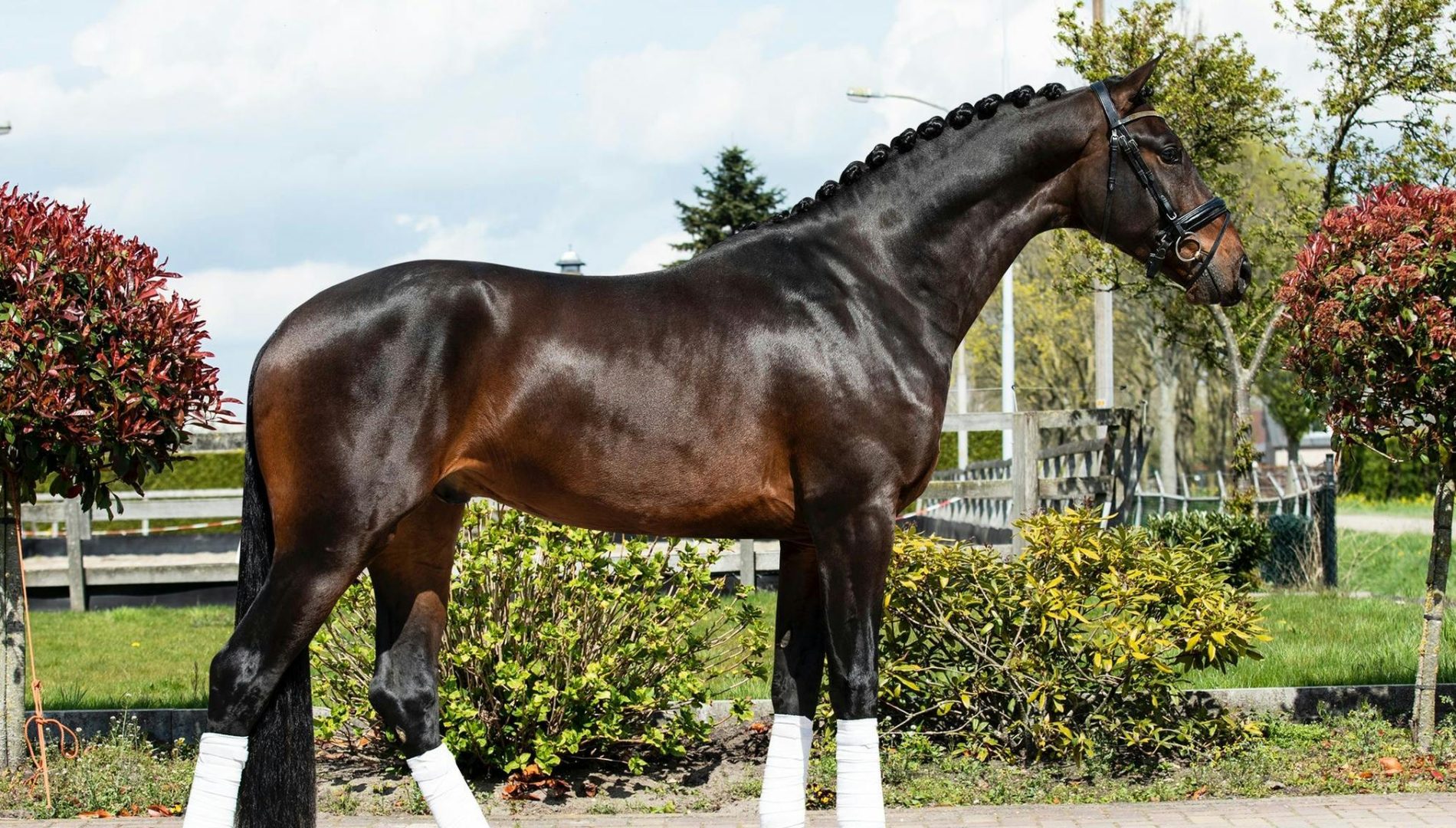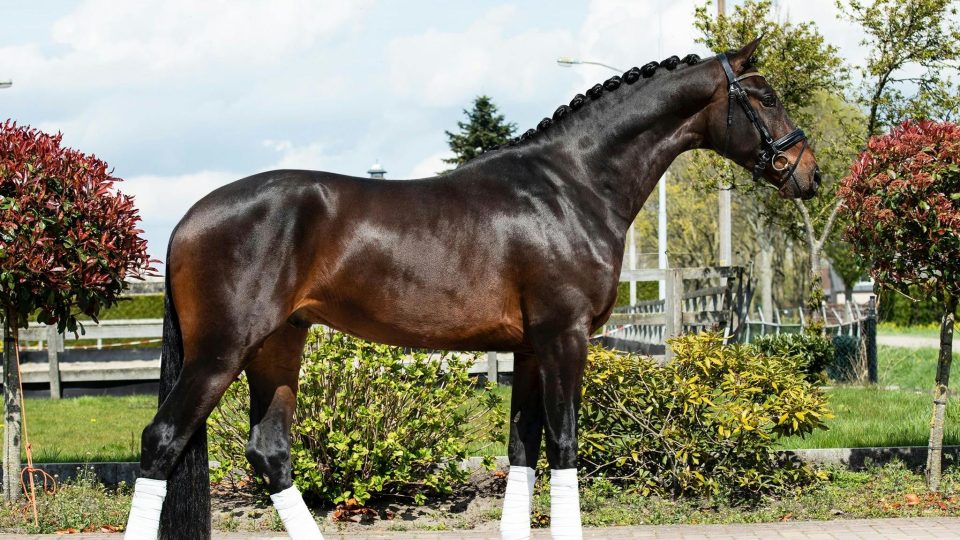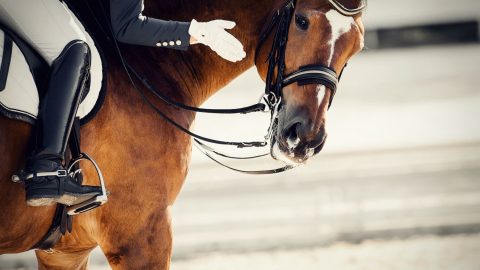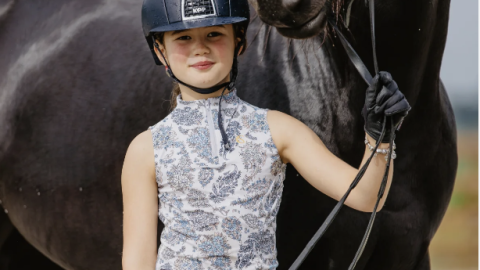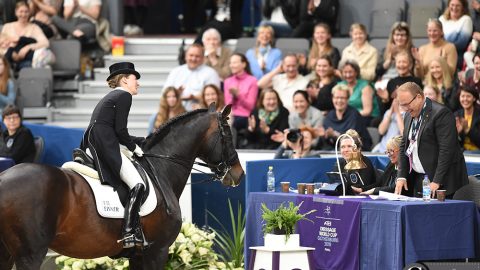In the horse world, everyone talks about bloodlines, talent, and early promise. But who talks about the right time to begin? Who dares to say “wait” when everyone else is in a rush?
Today, we want to talk about a growing concern: the impatience to start training young horses too early. Because yes, rushing can cost you dearly.
A story that proves patience pays off
Recently, we reviewed X-rays of a colt from our program. Strong, well-built, nearly two years old. At first glance, ready to begin. But after consulting with university specialists, the answer was clear: not yet.
His knee growth plates were still open. Starting now wasn’t just risky—it was irresponsible. The recommendation? Wait another 10 to 12 months. Give his body time to mature before beginning any formal work.
The consequences of rushing
Starting too early can lead to long-term, serious consequences:
- Joint damage
- Early-onset arthritis
- Chronic lameness
- Reduced long-term performance
A rushed colt may pay the price with a shorter career—or unnecessary pain that could have been prevented.
The real sign isn’t age, it’s the body
Don’t train by the calendar. Train by physical maturity. If in doubt, take X-rays. Let science—not pressure—guide your choices.
A true horseman doesn’t rush. They know that strong foundations are what support brilliant futures.
Patience is a form of love
Training when the horse is ready isn’t wasting time. It’s protecting their well-being, their health, and their career. It’s giving them the chance to go far—sound, happy, and without shortcuts.
